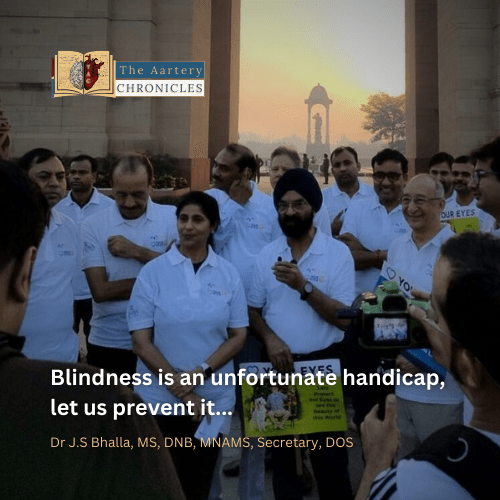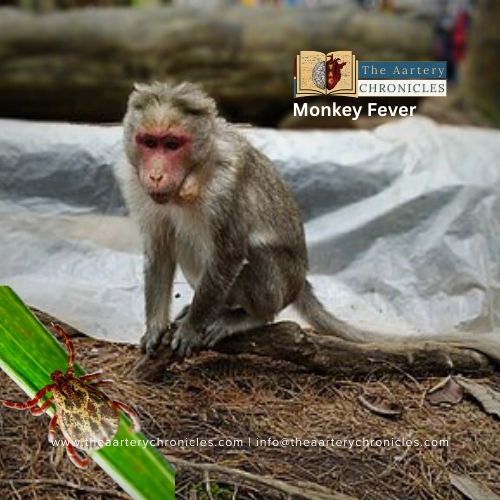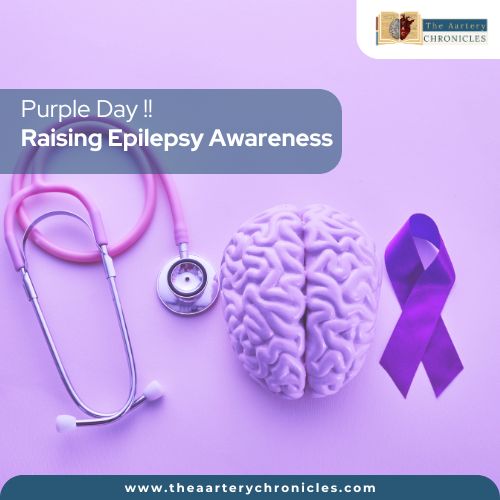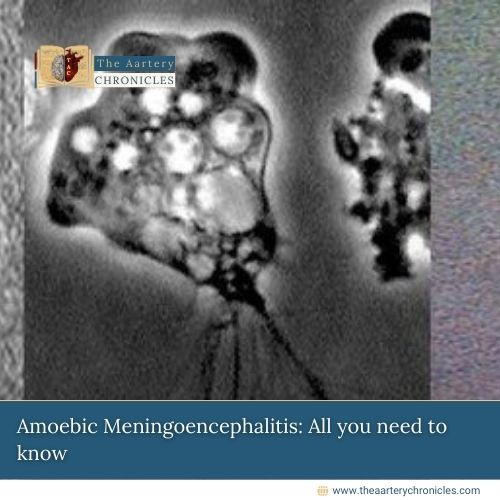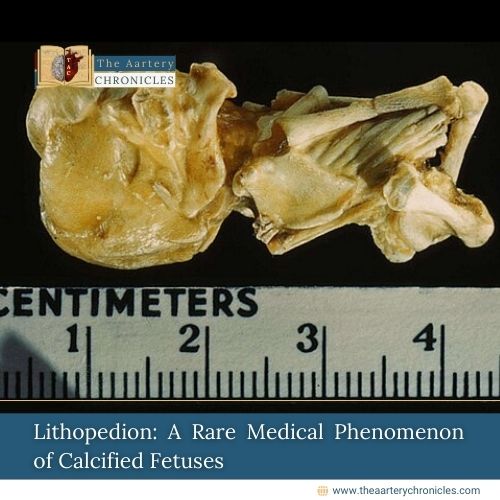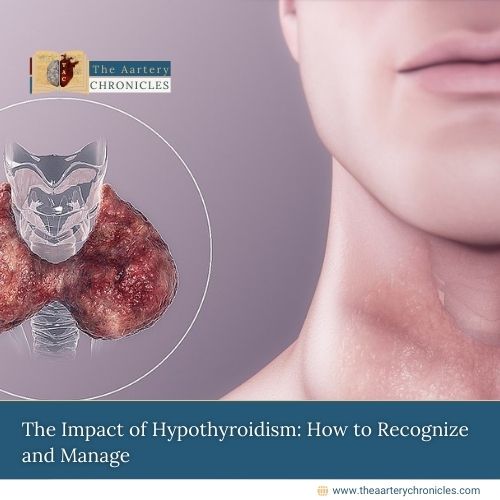
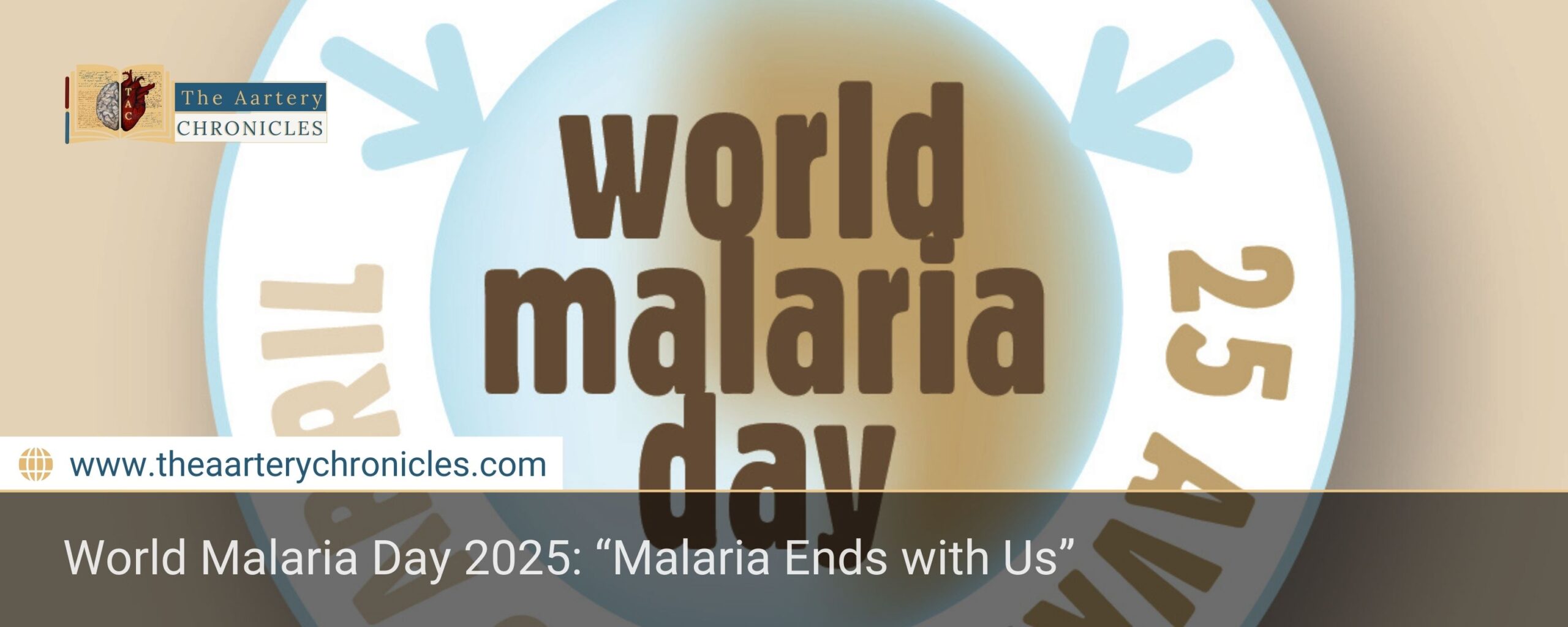
World Malaria Day 2025: “Malaria Ends with Us”
Introduction
Malaria continues to be a life-threatening disease, especially in the world’s most vulnerable communities. It remains one of the top five causes of death in low-income countries, with pregnant women and young children bearing the brunt of its impact.
Each April 25, World Malaria Day is a global call to action, urging countries, communities, and individuals to strengthen efforts toward ending this preventable and curable disease. This year’s theme, “Malaria Ends with Us: Reinvest, Reimagine, Reignite,” urges the global community to amplify their efforts, strengthen collaboration, and innovate smarter, faster, and more equitable ways to tackle malaria.
What Is Malaria?
Malaria is a dangerous and potentially deadly disease caused by Plasmodium parasites, which are spread to humans through the bite of an infected female Anopheles mosquito.
Key symptoms of malaria:
- High fever and chills
- Headache
- Fatigue
- Nausea and vomiting
- Muscle and joint pain
- Sweating and weakness
If left untreated, malaria can cause severe anaemia, organ failure, coma, and even death, especially in young children and pregnant women.
Five types of Plasmodium parasites infect humans, with Plasmodium falciparum being the most dangerous and responsible for the majority of deaths worldwide.
Malaria Vaccine
The RTS, S/AS01 (Mosquirix) vaccine is the first malaria vaccine approved by the WHO. Developed by GlaxoSmithKline in collaboration with the PATH Malaria Vaccine Initiative, Mosquirix targets the Plasmodium falciparum parasite, the deadliest species responsible for malaria. Approved in 2021, the vaccine has been rolled out in malaria-endemic regions to help reduce the burden of illness and death.
Additionally, the R21/Matrix-M vaccine, developed through a collaboration between the Serum Institute of India, Oxford University, and Novavax, has delivered promising results, boasting an efficacy rate exceeding 75%. This vaccine is expected to play a vital role in the global fight to eliminate malaria in the coming years.
Global Burden of Malaria
Despite significant progress in the past two decades, malaria continues to be a major public health threat, especially in low-income countries. According to the World Health Organization (WHO):
- In 2023, malaria affected 263 million people worldwide and claimed 597,000 lives.
- Malaria still ranks among the top five deadliest diseases in low-income countries.
- The WHO African Region bears the heaviest burden, accounting for a staggering 95% of all global malaria deaths.
The disease affects over 90 countries, costing billions in lost productivity, overburdened health systems, and economic stagnation.
The Five Countries Most Affected by Malaria in 2023
- Nigeria: 26%
- Democratic Republic of the Congo: 13%
- Uganda: 5%
- Ethiopia: 4%
- Mozambique: 4%
The WHO African Region’s overwhelming share of malaria deaths underlines the continued challenges of tackling the disease, especially given the limited access to healthcare and resources in many malaria-endemic areas.
Theme of World Malaria Day
The theme “Malaria Ends with Us” highlights the power of collective action, reminding us that the fight against malaria begins with individual responsibility and ends with united effort. It encourages us to reinvest, reimagine, and reignite.
1. Reinvest
Malaria control is a life-saving and economically smart investment. Eliminating the disease by 2030 could deliver a 40-fold return, making it one of the most impactful and cost-efficient global health strategies. But funding shortfalls are a major risk. Increased investment is urgently needed to sustain and expand access to essential tools: bed nets, diagnostics, treatment, and vaccines.
2. Reimagine
New tools and bold strategies are reshaping the fight against malaria. These include:
- A groundbreaking long-acting injection for malaria prevention has shown success in its first clinical trials.
- A historic Phase 3 clinical trial was launched, focusing specifically on the needs of pregnant women, a group at heightened risk of severe malaria.
- WHO has prequalified the first single-dose treatment for Plasmodium vivax malaria, now included in global treatment guidelines.
These breakthroughs are transforming prevention and care, particularly in hard-to-reach communities.
3. Reignite
Across the globe, partnerships are reigniting hope and demonstrating that malaria elimination is within reach. Examples of impactful collaboration include:
- The WHO’s Malaria Vaccine Implementation Programme achieved a significant milestone by launching the RTS, S/AS01 (Mosquirix) vaccine pilot in Ghana, Kenya, and Malawi.
- Public-private partnerships delivering millions of mosquito nets and life-saving diagnostics.
- Community-driven programs empowering local health workers and volunteers to lead prevention efforts in hard-to-reach areas.
These joint efforts show what’s possible when science, policy, and communities come together—and they’re inspiring a new generation of action.
Malaria Eradication Programme in India
India launched its National Malaria Control Programme in 1953, partnering with WHO and USAID to address the rising threat of malaria through a unified public health response. In 1958, the program was replaced by the National Malaria Eradication Programme, which set the goal of total eradication. Key steps taken in the fight against malaria include the use of DDT spraying for vector control, the establishment of malaria clinics across districts, the introduction of rapid diagnostic kits, and a focus on tribal and rural regions. India continues to evolve its strategies to address emerging challenges, with the National Framework for Malaria Elimination and National Strategic Plan for Malaria Elimination aiming for malaria-free status by 2030.
Why World Malaria Day Matters?
World Malaria Day 2025 is a vital platform to:
- Advocate for increased global investment in malaria prevention.
- Highlight the importance of research, vaccines, and innovation.
- Recognize the sacrifices of frontline health workers.
- Mobilize communities and youth to take preventive action.
- Promote equity and access in malaria-endemic regions.
Conclusion
Malaria ends with us. World Malaria Day 2025 reminds us that with investment, innovation, and unity, we can defeat one of the deadliest diseases in human history. The tools exist. The strategies are working. What’s needed now is bold action. Let’s reinvest in health, reimagine the future, and reignite global momentum to make malaria history.
- World Malaria Day 2025
- World Malaria Day 2025 - Malaria Ends with Us: Reinvest, Reimagine, Reignite
- World malaria report 2024
- world-malaria-report-2024-spreadview.pdf
- Malaria vaccine implementation programme
- Malaria vaccines (RTS,S and R21)
- Serum Institute Of India. Press Release - SII ships its first set of R21/Matrix-M™ Malaria Vaccine doses to Africa


